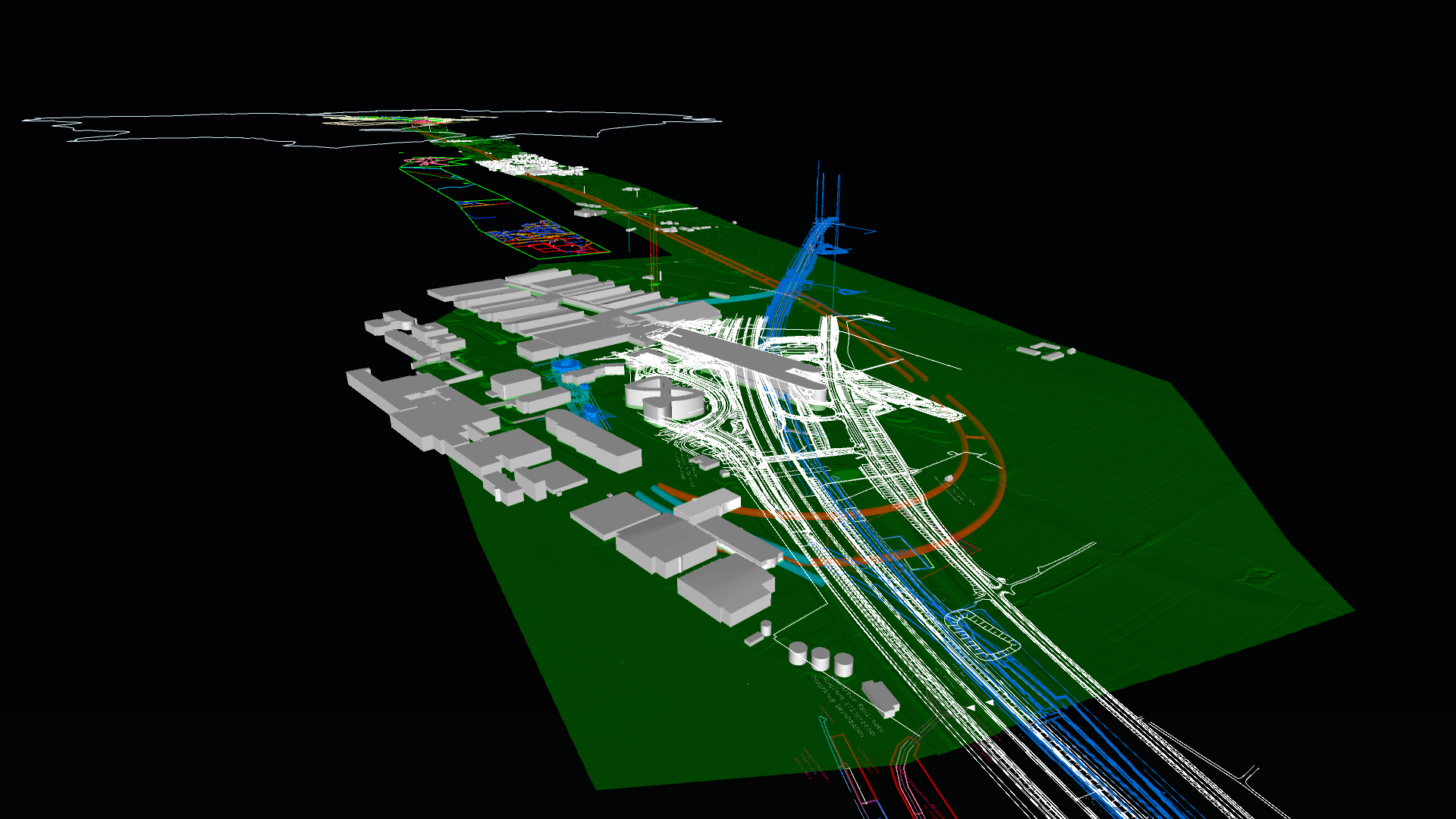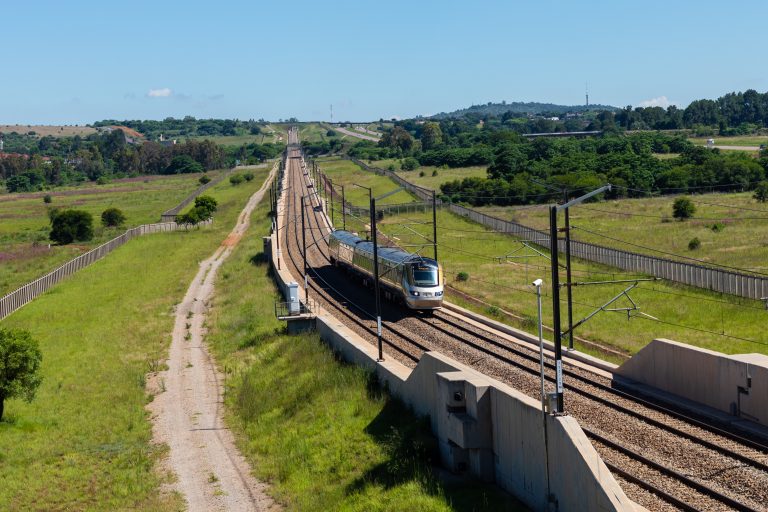Upgrading the Gäubahn rail line, in Southwest Germany, is one of the high-priority projects in Germany’s Federal Transport Infrastructure Plan. DB Engineering & Consulting (DB E&C) has been commissioned with the preliminary design for its northern section. The route will be mostly underground, running in two tunnel tubes. One of its key features is the Pfaffensteig tunnel, which, with a length of 11,5 kilometers, would be one of the longest rail tunnels in Germany.

The work involves several tasks and challenges. Called the Gäubahn tunnel until recently, the Pfaffensteig tunnel is clearly one of the challenges, and it underscores how a new approach to solving problems is necessary if Germany wants to achieve its nationwide integrated timetable.
DB E&C has a key role to play here. Commissioned by DB Projekt Stuttgart-Ulm GmbH with the preliminary design for the northern section of the line, the company’s planning team of up to 90 experts has been working since November to convert the source data into a requirements model that is fully digital and covers the entire line.
Direct connection to Stuttgart Airport
The new Pfaffensteig tunnel is located in the northern section of the Gäubahn line, a long-distance rail connection between Stuttgart and the Swiss border that has been earmarked for a high-priority upgrade as part of Germany’s Federal Transport Infrastructure Plan. Upgrading the northern section encompasses measures to increase speed and improve the condition of the line, in addition to the construction of a new two-track section running between Stuttgart Airport, the trade fair grounds, and Goldberg in the town of Böblingen. This section will also include the Pfaffensteig tunnel as a direct, east-west connection linking Stuttgart Airport and the trade fair to the Gäubahn line. The undertaking must take several other factors into account, such as the new Stuttgart-Ulm line and projects for transforming the nearby rail hub in Stuttgart (Stuttgart 21).

Line improvements and higher speeds
This has several implications for the preliminary design stage. One of them: Starting at Goldberg station, 2.5 km of open track can be constructed with improvements that facilitate higher speeds. It will entail a host of engineering work, such as modifying existing bridges as well as building a grade separation structure, troughs, and retaining walls. After the new Mönchsbrunnen junction, the new route will run underground through the Pfaffensteig tunnel, which is around 11,5 kilometers long and finishes at the eastern end of the new long-distance station at Stuttgart Airport. The tunnel will pass under the new Stuttgart-Ulm rail line as well as the A8 freeway.

The tunnel will feature two single-track tubes. They will be linked by connecting structures located at regular intervals, and there will also be two emergency access routes. The design speed is 160 km/h, which is significantly higher than would have been possible on a track above ground. In addition, the northern section of the upgraded Gäubahn line will make long-distance transportation in the Stuttgart area considerably faster and physically separate it from the busy S-Bahn network over a distance of around 12 kilometers. The Pfaffensteig tunnel is essential for achieving one of the German government’s important transportation policy goals. The Federal Transport Infrastructure Plan for 2030 recommends shortening journey times between the Swiss border and Stuttgart. This way, the Gäubahn line will serve as an attractive connection for travelers in Zürich, Stuttgart, and the towns along the route.
Contact
DB Engineering & Consulting
EUREF-Campus 14
10829 Berlin
Germany





